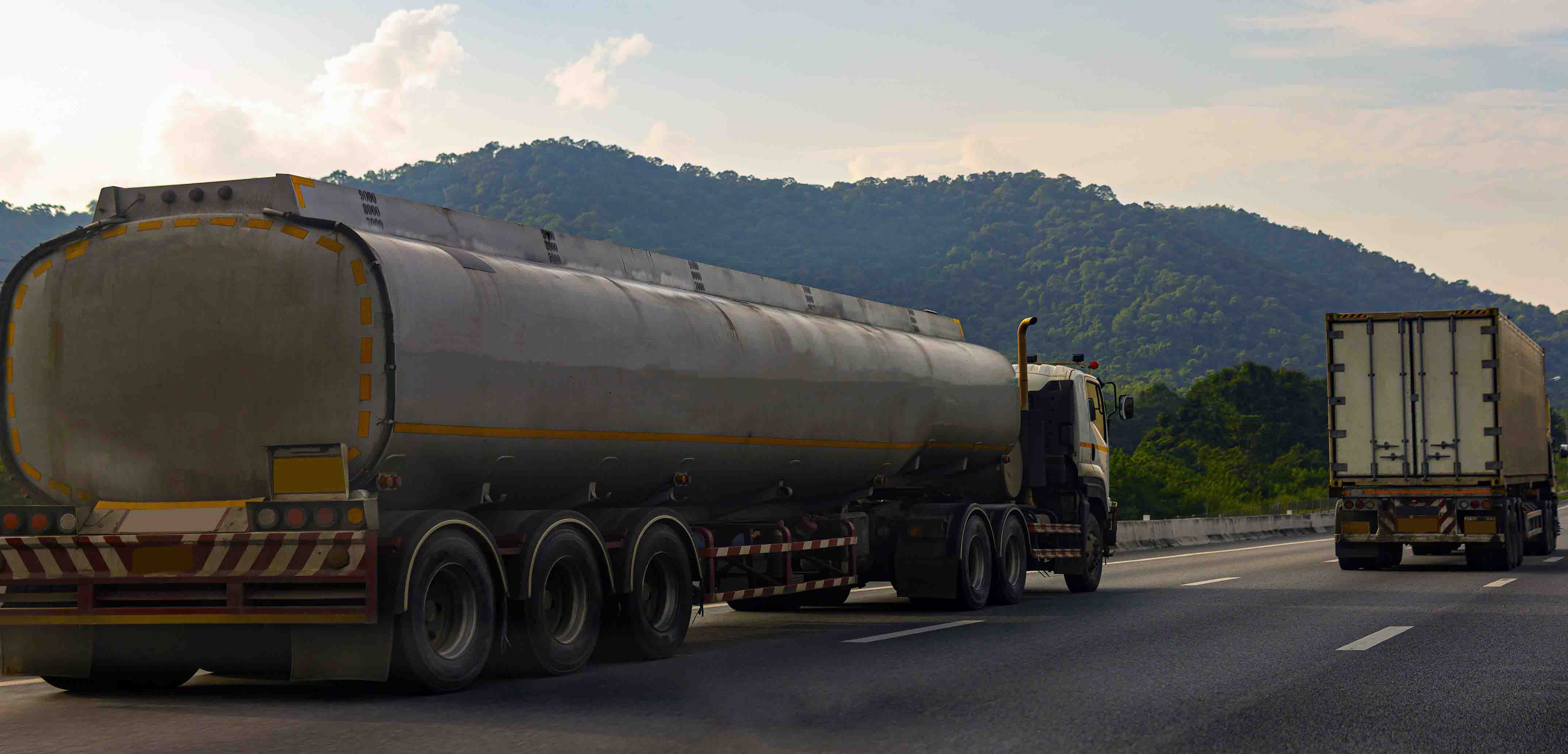
Rupee Payments for UAE Oil: Impact on Indian Logistics
Rupee Payments for UAE Oil: Impact on Indian Logistics
India produced 30.49 Mt of crude petroleum in 2020-21, declining by 5.21% over the previous fiscal. Since the last few years, there has been a decrease in the production of crude oil in the country. India's recent payment in rupees for oil purchased from the UAE signals a significant stride toward enhancing the global acceptance of the local currency. While officials acknowledged this development as a positive move, they clarified that there are currently no specific targets set. With more than 85% dependency on oil imports, India's primary objectives include procuring oil at reasonable prices, diversifying its sources, and fulfilling global commitments. India's first payment in rupees for oil bought aligns with the nation's strategic efforts to ensure affordable energy security and strengthen its economic ties in the global arena.
How is this likely to impact the logistics industry?
For numerous decades, the default currency for crude oil imports has been the US dollar. An increase in crude oil imports and the associated rise in fuel prices may lead to higher operational costs for the logistics industry. Fuel is a significant component of transportation costs, impacting road, air, and sea transport. Logistics players may face increased expenses for fueling their vehicles and vessels. The logistics sector may focus on enhancing operational efficiency to mitigate the impact of rising fuel costs. This could involve adopting fuel-efficient technologies, optimising route planning, and investing in more energy-efficient vehicles.
Simultaneously, as transportation is necessary for logistics operations, the availability of more crude oil will help increase these operations. India’s commitment to economic growth has facilitated increased trade volumes. As India continues to prioritise trade as a cornerstone of its economic strategy, the potential for further expansion and diversification in trade partnerships becomes evident. The nation's sustained efforts in strengthening trade ties has the possibility to yield positive outcomes, fostering economic development and contributing to the global marketplace in the years to come.
The concerted efforts to enhance India's role as a trading partner have not only facilitated increased international trade but have also contributed to the broader utilisation of the Indian currency. As trade volumes expand, the demand for the Indian currency rises, promoting its greater circulation and utility in various economic transactions. This trend brings about several advantages for the Indian economy, including improved liquidity, reduced dependency on foreign currencies, and potential stability in the financial system. The strategic focus on boosting international trade will play a pivotal role in fortifying the position of the Indian currency, fostering economic resilience and sustainability.
A surge in economic growth is likely to significantly expand the logistics industry, acting as a catalyst for its expansion and development. As economic activities escalate, there may be an inherent rise in demand for the efficient movement of goods and services, creating new opportunities for the logistics sector. Increased production, trade, and consumption amplify the need for streamlined supply chains, transport management system, and warehousing solutions. This heightened demand could propel the logistics industry forward, foster innovation and technological advancements to meet the evolving requirements of a growing economy.
A flourishing logistics sector becomes instrumental in sustaining and further accelerating economic growth, creating a symbiotic relationship between the two. In regard to this, current government policies along with future interventions can play a crucial role in shaping the logistics landscape. The industry's ability to adapt to changing fuel costs, government policies, and global economic conditions will play a crucial role in determining its resilience and ability to maintain operational efficiency.
Final Thoughts
In the fiscal year 2022-23 (April 2022 to March 2023), India allocated a substantial $157.5 billion towards importing 232.7 million tonnes of crude oil. Key contributors to this supply included nations such as Iraq, Saudi Arabia, Russia, and the UAE, collectively accounting for 58% of total imports from West Asia. In an effort to strengthen the role of the rupee in cross-border transactions, the Reserve Bank of India authorised over a dozen banks to conduct settlements in rupees with 18 countries. Since this initiative, India has actively encouraged major oil exporters like the UAE and Saudi Arabia to consider the Indian currency for trade settlements. Notably, the first success in this endeavour occurred in August 2023 when Indian Oil Corporation (IOC) executed a rupee payment to the Abu Dhabi National Oil Company (ADNOC).
Apart from these developments, there are apparent uncertainties about fluctuation rates, exchange rates and how many countries will willingly adopt the practice of accepting payments in Indian currency. This may impact the economic benefit in the long run. Nevertheless, India's strategic focus on fostering international trade relationships has significantly contributed to its emergence as a key trading partner on the global stage. The country’s proactive efforts in creating a favourable business climate, instituting economic reforms, and upgrading infrastructure have heightened its appeal to global investors and trade allies.